Speak to a Botswana expert today
and start planning your tailor-made holiday

Alistair
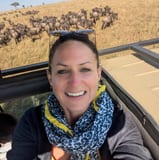
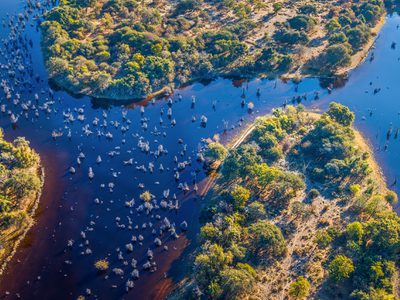
Often described as Africa’s Garden of Eden, the Okavango Delta is an integral part of any Botswana safari. It is the world’s largest inland delta and houses a diverse range of wildlife in its many ecosystems. Its importance and uniqueness were recognised in 2014 when the area was announced as the 1000th UNESCO World Heritage Site. The Okavango Delta region is home to one of Africa’s greatest concentrations of wildlife making it a spectacular safari destination.
This active Botswana safari is one of our favourite itineraries. It the Kalahari Desert with the Okavango Delta and finishes at the incredible Victoria Falls in Zimbabwe.
Includes:
11 days from £4,947pp (exc flights).
Click here for more details of our Botswana Active Safari or call our experts on 01768 603 715 who will be happy to help.
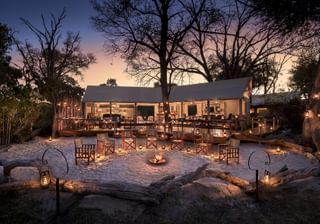
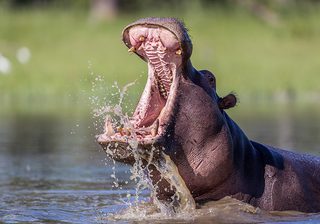
The Okavango Delta changes size throughout the year going from roughly 6,000 square kilometres in the summer months to 15,000 square kilometres during the winter. This change is due to flood waters coming down from the highlands of Angola flowing along the Okavango River and filling up the Okavango Deltas tributaries and floodplains.
The flooding of the Okavango Delta usually starts around March time and peaks in July and August before starting the recede, with the lowest levels seen in November and December. Of course, the exact pattern of this is determined by when the Angolan Highlands receive their rain and how much they receive – an annually changing phenomenon.
Peak months usually fall between June and October with the daytime temperatures being lower (25 degrees) in June time and increasing to the warmer months (35-38 degrees) in October and November as the rains near. As a general rule, the further into the peak season you travel better the game viewing is, however this depends on a number of factors:
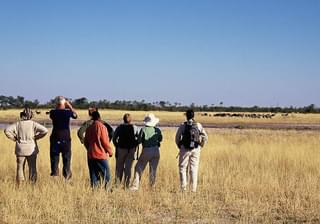
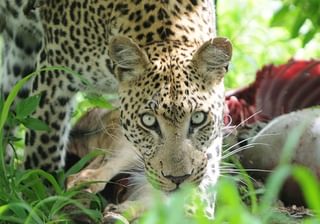
The Okavango Delta is a wildlife haven with over 2,000 major species found in it. Over 50% of these are plants from giant hardwoods to riverbed reeds to waterlilies to grass plains – there is an enormous variety.
This wide variety and abundance of plants, in terms supports herbivores, fish and birds. There are over 400 varieties of bird from the African fish eagle to the red-billed oxpecker, it is a twitchers paradise. Botswana is well-known for its large number of elephants, but you can also see buffalo, hippo, zebra, giraffe, wildebeest, impala, bushbuck, warthog, eland, springbok and waterbuck to name a few. Botswana has also recently reintroduced both black and white rhino, and although these are still rare, there is a decent chance of spotting these on Chief’s Island.
The plethora of herbivores, of course attracts predators including lion, hyena, wild dog, leopard, and cheetah.
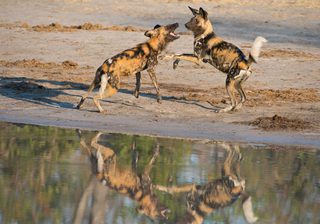
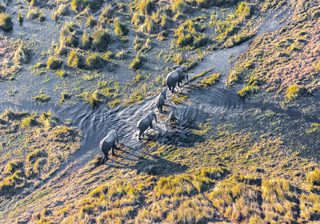
Camps in the Okavango Delta can be split between “wet” and “dry” camps depending on where they are found in relation to the waters of the delta. Naturally, wet camps offer year-round access to water activities, whilst dry camps are concentrated on large land masses away from the channels and floodplains. There are also a number of “mixed” camps which offer a range of both land and water activities depending on the time of year.
If you choose a ‘wet camp’, the majority of your time will be spent doing water-based activities. Imagine silently drifting down the delta on a mokoro as you explore reed lined waterways and discover smaller animals at a new, slower pace. Motorboat safaris will give you a chance to explore further down the river. Depending on the camp, you might even try your hand at fishing and see if you can catch a tigerfish.
What is a Mokoro?
Specific to Botswana and in particular the Okavango Delta, Mokoro safaris is one of many reasons’ travellers visit the area and sets Botswana apart from other safari destinations. The mokoro is essentially a wooden canoe roughly 20ft long which has been crafted from the trunk tree. Although a number of trees can be used, sausage trees, mangosteens and jackalberrys are preferred. Mokoro safaris allow you to glide down the channels and across floodplains as your guide propels the canoe with the aid of a long pole. Known as polers, these guides will point out the varied wildlife that you pass by and they are especially popular excursions with keen birders
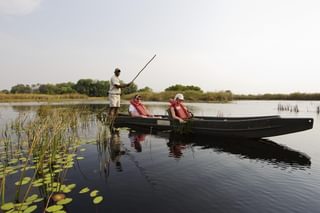
Favourite wet camp: Jao Camp gives the ultimate Delta water experience. Set in the heard of the Okavango Delta, amongst waterways and lagoons, there is no better place to experience a water safari.
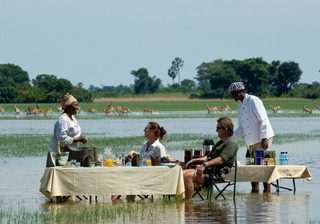

If you choose a ‘dry camp’, you will be on drier land and the activities you undertake will be more like that of a traditional safari. Explore the floodplains and woodland by 4x4 as you go off roading and perhaps on night safaris amongst the plethora of wildlife. You might also enjoy walking or riding safaris to give you a unique perspective of the Delta.
Favourite dry camp: Duba Plains Camp located in the heart of the Okavango Delta on a 77,000-acre private reserve, Duba Plains offers exclusive and plentiful wildlife viewing including a chance to see the big five. Depending on water levels, there may also be water-based activities available.
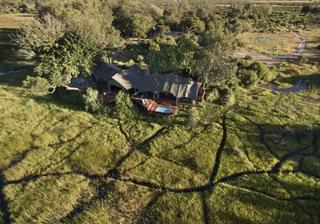
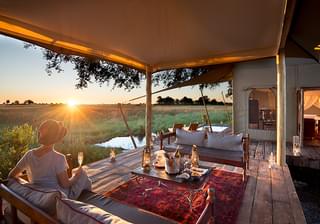
Best for both wet and dry: Kwara Camp is located in a private concession bordering Moremi. With permanent waterways and a floodplain in front of the camp, and bush behind, Kwara gives you plenty of access to both wet and dry land offering a myriad of activities.
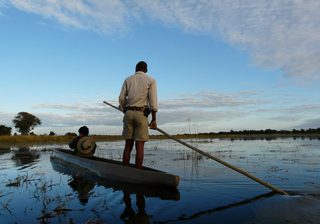
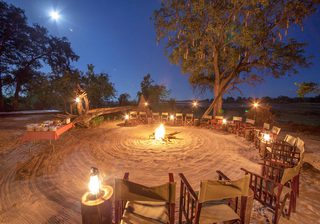
This is one question which pops up time and time again. The difference between the Okavango Delta and Moremi. Environmentally there is none, Moremi is right in the middle of the Okavango Delta (in fact it makes up 40% of the Okavango Delta) and there are no borders so animals can roam freely.
The question really lies in the difference between Private Concessions, and National Parks which comes down to the rules and restrictions.
In private concessions you will never come across other tourists, other than that from your own camp or another camp run by that operator and these are strictly not open to the public to traverse giving a more private experience. There is also greater freedom on the activities you can undertake including off-roading, night drives and walking.
Moremi on the other hand is a game reserve meaning it operates under park rules such as no off-roading, no night drives and no walking. This is also open to the public and although the numbers of tourists and self-drivers in Botswana are considerably lower than you may find elsewhere in Africa, you may come across these when staying at a camp located inside or near a national park or game reserve.
In both Moremi National Park and Okavango Private Reserves, Mokoro safaris are allowed.
Moremi game reserve is home to the big five and one of the best places in Botswana to see them due to a successful reintroduction of rhino onto ‘Chiefs Islands’, the largest island in the game reserve and one of our favourite places to visit.
As well as the big five, there are also giraffe, cheetah, jackal, impala, African wild dog and nearly 500 species of birds ensuring spectacular game viewing for any visitor.

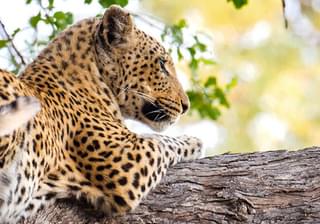
Where to stay?
Mombo camp on Mombo Island, adjoining the northern tip of Chiefs Island would be our top pick. This exclusive, plush camp has tents raised off the ground and joined by floating walkways allowing guest to safely wander the camp whilst watching the wildlife in its natural habitat below. Perfect for a luxury Botswana safari.
Our 14 day luxury Botswana itinerary from £10,014pp includes a stay at Mombo camp as well as two nights floating down the Chobe River on the Zambezi Queen and a chance to follow in National Geographics footsteps at Zarafa Camp, in the Selinda Private Reserve.
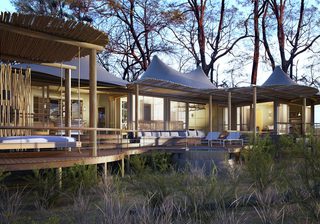
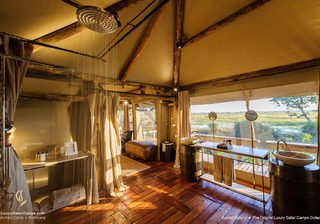
Private concessions are leased over a certain period of time by safari operators and the lease price of a private concession is often dictated by the location, how prolific the game viewing is and also the size. There are also often restrictions on how many camps or beds are allowed on the private concession which keeps visitor numbers and environmental impact down to a minimum, so you are guaranteed privacy and exclusive game viewing.
Where to stay?
Gomoti Plains is located in the southern part of the Okavango Delta, Gomoti Plains is a small luxury bush camp of only 10 expansive suites, well-spaced to ensure maximum privacy. They have both an indoor and an outdoor shower which are very welcoming after a long game drive in the African sunshine. The lodge offers a wide range of activities which include morning and evening game drives, bush walks and mokoros.
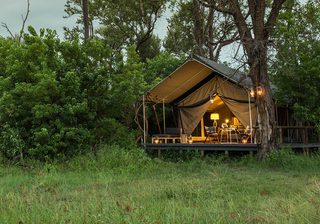
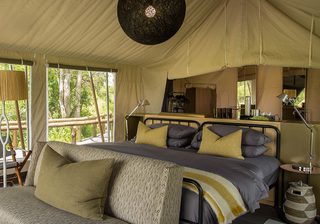
Khwai Tented Camp is inside the Khwai community concession you will find Khwai Tented Camp. This modern and spacious camp has Serengeti-style tents, with stylish and comfortable interiors and private bathrooms with running water. The camp maintains a genuine safari camp feel comprising of 6 elegant tents perched on wooden decking overlooking the tranquil waters of the lagoon.
The camp exudes the charm and aura of the old Africa in a new era, and provides a truly authentic African safari experience game drives in this area feature Africa’s big attractions – lion, cheetah, leopard, wild dog, elephant, buffalo, hippo and giraffe.
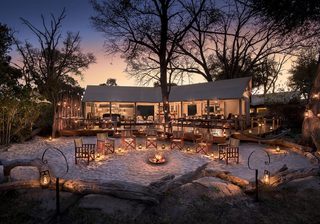

The small safari town of Maun is the gateway to the Okavango Delta, with daily flights there from both Johannesburg and Cape Town in South Africa. From Maun, it will depend where you are staying. Many of the lodges in private concessions are remote and you will need to take a short flight to the nearest airstrip where you will then be transported by 4x4 or by boat.
If you are staying Moremi National Park, it is possible to either fly here or it is a two-hour drive from the South Gate.
A trip to the Okavango Delta can easily be combined with Chobe National Park which has a prolific volume of wildlife and makes for fantastic safari viewing. If you have done a more water-based Okavango Delta trip, this would be a chance to enjoy a more traditional 4x4 safari experience.
Alternatively, you could combine the Okavango Delta with the Makgadikgadi Salt Pans which offers a very contrasting, more desert environment. Here you have the chance to meet the Sans bushmen, watch the zebra migration and get up close to meerkats.
A fantastic final add on, is to visit the spectacular Victoria Falls which are just a short flight away and make for a brilliant end to any Botswana safari.
For more holiday inspiration, check out our 26 favourite safari holiday ideas or best African honeymoon suggestions.
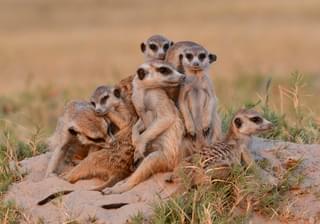
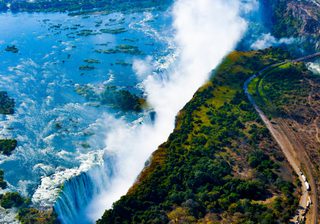
A family holiday to Botswana is a once in a lifetime experience and many of the camps are well adapted to taking children of all ages. From bow and arrow making, to learning bush skills and craft camps your children are sure to love a Botswana safari.
Our affordable Botswana adventure includes family tents at child friendly camps and ensures you have your own private vehicle so you can go at your own page. There are plenty of activities to engage the kids throughout.
9 Days from Adults: £5,639 per Adult and Children £3,196 per child.
Check out our Affordable Botswana Family Adventure.
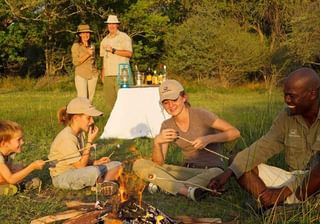
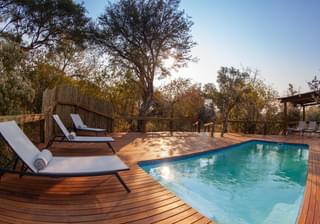
Wondering when to visit? Take a look at this guide on the best time to visit Botswana.
Looking for some more inspiration? Take a look at our best safari holidays ideas, our favourite family safaris, our big five safari guide or our top African safari honeymoon suggestions.
True wilderness, exclusive and romantic, including the Okavango Delta in a Botswana honeymoon is a must. As well as unbeatable wildlife viewing, some of the best safari camps in the world are located in the Okavango Delta.
Our affordable Botswana honeymoon includes the Okavango Delta staying at the luxurious Machaba Camp which offers brilliant wet and dry safari and finishes at Victoria Falls.
10 days from £4,677pp (exc international flights).
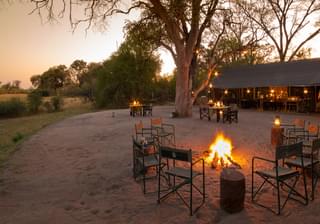
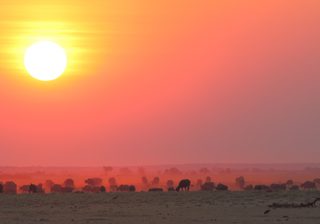
Wondering when to visit Botswana? Take a look at this guide on the best time to visit Botswana.
Looking for some more inspiration? Take a look at our best safari holidays ideas, our favourite family safaris, our big five safari guide or our top African safari honeymoon suggestions.
If you’d like any help arranging an Okavango Delta safari, call our friendly team on 01768 603 715 and one of our experts would be happy to help you.
and start planning your tailor-made holiday

